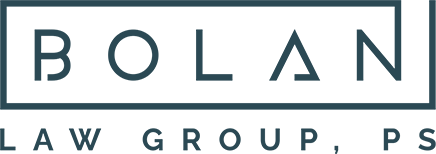The torts of trespass and nuisance encompass a wide range of behaviors that are offensive to a property owner’s rights and enjoyment of their property. Acts such as “tagging” buildings with vandalism, or imposing annoying and inappropriate noises, odors, or pollutants from nearby properties can be actionable. Often, an attorney’s help is necessary to address these problems and restore peace and harmony between neighbors.
Some types of torts against property are clear-cut, like vandalism. Recently, however, a related question has arisen in several courts. When someone projects a message or image onto the wall of your building – using a light and an image projector that do no damage but that send a clearly visible message to passersby – can you get an injunction on the grounds that the projection is a trespass, a nuisance, or both?
Early Case Commentary: International Union of Painters v. Great Wash Park
A 2016 case from the Nevada Court of Appeals issued a written opinion on the question, making it one of the first courts to provide written guidance. In Int’l Union of Painters & Allied Trades Dist. Council 15 Local 159 v. Great Wash Park, LLC, the park sought an injunction after union members projected a message onto one of the park’s buildings during a strike. The park argued that the projection amounted to trespass, and the trial court agreed, granting the injunction.
However, the Nevada Court of Appeals noted that different states address trespass differently. Some require the trespass to involve a “substantial” tangible object, like concrete chunks from construction. Others allow the tangible object to be much smaller, such as scent particles emanating from a pig farm.
In either case, however, the court noted that all states require trespass to involve some tangible object invading someone else’s land. Because light is intangible, the court decided, the union could not have committed trespass and the injunction should not have been issued on those grounds.
What About Nuisances?
Unlike trespass, which most states agree involves a tangible object, case law involving nuisance does not always involve things that can be touched. In some states, light itself can be treated as a nuisance.
However, as the concurring opinion in the Nevada Court of Appeals case noted, nearly all existing case law focuses on the trespass or nuisance effects of ambient lighting. This would be lighting meant to serve a legitimate purpose, such as illuminating a parking lot, that nevertheless “leaks” onto neighboring property, causing discomfort and other issues. No prior cases the court considered had mentioned the effects of focused lighting whose only intention was to spell out a message or otherwise alter the appearance of the building. In this situation, the concurring opinion noted, questions about trespass or nuisance could have very different answers.
Tacoma, Washington Trespass and Nuisance Attorneys
At Bolan Law Group., we know that the security and integrity of your property is important to you–and your peace of mind is important to us. That’s why we advise clients on a wide range of property-related issues, including trespass and nuisance.
For help addressing your real estate or property issues, contact us today by calling (253) 470-2356 to schedule a consultation. Our online contact form is also available for convenient communication.

